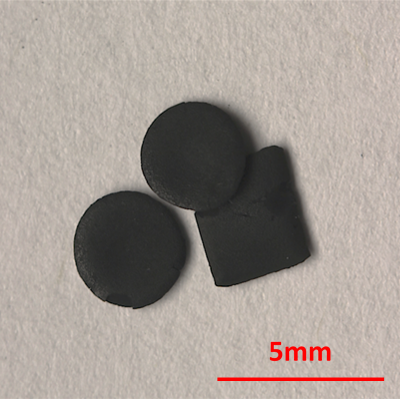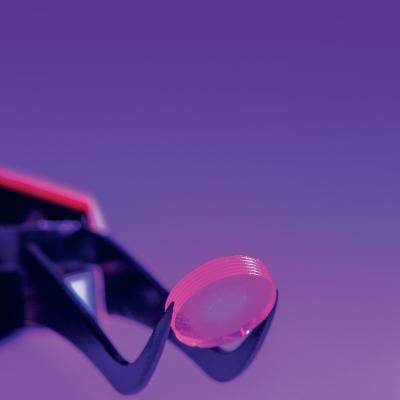The approach is to use peroxides to modify the reaction kinetics in the production of polysiloxanes. A radical initiator in the presence of a hydride-terminated polysiloxane will increase the rate of curing and reduce manufacturing costs. At a minimum a formulation would contain a hydride-terminated polysiloxane, a platinum catalyst, and an initiator that generates radicals. The content of…
Keywords
- Show all (39)
- Synthesis and Processing (16)
- Materials for Energy Products (6)
- Additive Manufacturing (4)
- Material Design (4)
- 3D Printing (2)
- Membranes (2)
- Instrumentation (1)
- Material Characterization (1)
- (-) Additively Manufactured (AM) Optics (1)
- (-) Magnet Compositions (1)
- (-) Structural Materials (1)
Technology Portfolios

LLNL uses the additive manufacturing technique known as Electrophoretic Deposition to shape the source particle material into a finished magnet geometry. The source particle material is dispersed in a liquid so that the particles can move freely. Electric fields in the shape of the finished product then draw the particles to the desired location to form a “green body”, much like an unfired…

LLNL researchers have developed a custom resin formulation which uses a dispersing solvent and only a multifunctional monomer as the binding agent. The dispersing solvent system typically used has multiple components meant to achieve excellent dispersal of silica in order to create a flowable resin (rather than a paste). The dispersing agent has low vapor pressure, which allows the 3D printed…

